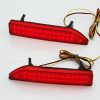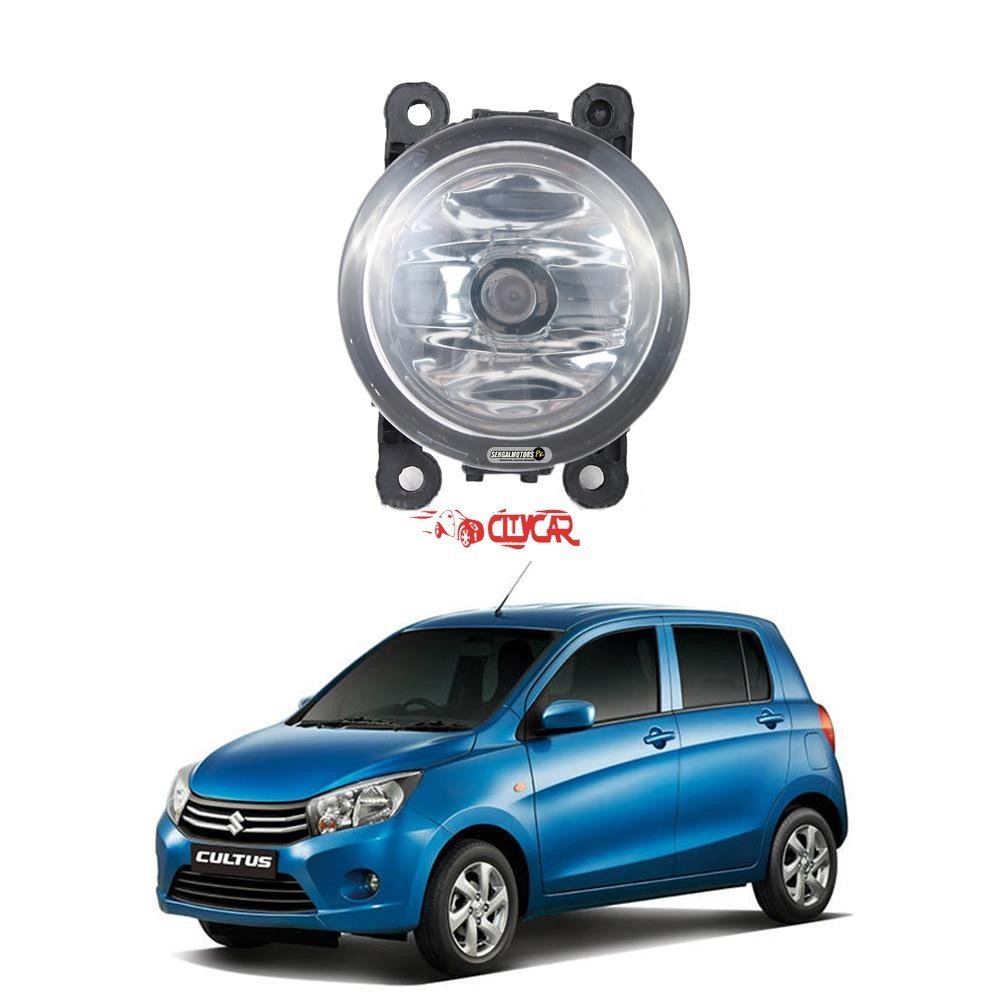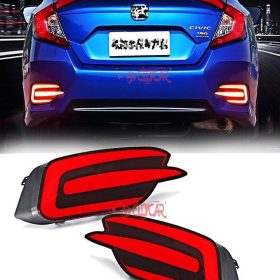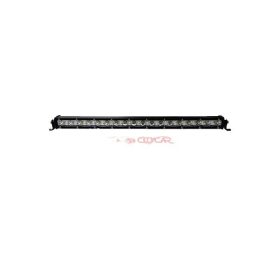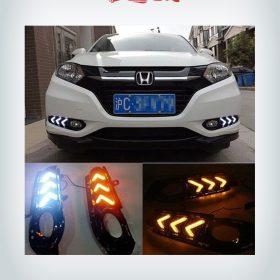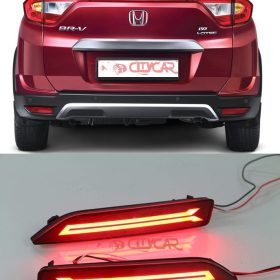- Your cart is empty
- Continue Shopping
suzuki cultus Dlaa Fog Lamps 2017-2019
£ 25.00
suzuki cultus Dlaa Fog Lamps 2017-2019
Product Specification:
- Build-in air flow slots to prevent fogging
- Bulbs are pre-installed and wired into outlet for immediate plug in
- Made by approved facilities to meet or surpass OEM standards
- OEM fitting and quality
When someone is thinking about installing fog illumination, I begin with questions: First of all, do you know what fog illumination are? Secondly, what do you generate, where do you generate, what kinds of streets do you generate on? Which kind of climate do you generate in? What do you want the fog illumination for — do you live in a genuine foggy area? Are they for pea broth fog or mild fog, for snowfall, rain? Or just to look cool when you’re cruising?
Fog illuminations aren’t necessarily ruby illumination, nor are ruby illumination always fog illumination. There are ruby generating illumination, ruby highlights, and, in France, there are ruby front lights. What makes a fog mild is the mild design, regardless of the kind of light or color of the mild. A actual fog mild — one that will do you excellent when you’re trying to see in the fog — has an extensive ray design (70 levels to 120 degrees) with a sharp, smooth cutoff on top.
So beyond that, not all “fog lights” are. There are lots of illumination being promoted as fog lights — some very low priced, some 100’s of dollars a pair — that, if I were generating in excessive climate, I would not turn on. They would ensure it is harder to see.
Fog illumination, of course, are just one kind of reliable mild. There are also generating illumination, midbeams (passing lights) and highlights for other purposes. And fog illuminations have many other functions besides fog, such as other kinds of climate and increasing aspect mild for cornering. While fog lights are beneficial in fog or any other glare-producing circumstances, they can also help you see better when you generate on a obvious night. Mainly when you think of fog illumination, you think of fog.
Seeing through the fog?
You can’t see “through” fog. You see in foggy climate by illumination up the street under the fog, lighting as little of the fog as possible to avoid generating glare.
Fog is defined as thick reasoning standard water drops, 0.00039 to 0.00156 inches in size, revoked in the atmosphere at or near the earth’s surface and reducing exposure to below 50 percent a mile.
Your high ray front lights build a wall of glare — a whiteout — from the mild jumping off these drops standard water. You’re being distracted by the glare of your own illumination shown off standard water steam at the top portion of you. Similar experiences occur in rainfall, snowfall, dust, etc.
One solution would be to buy warmed blowers like giant hair driers to dry the air at the top portion of your car — is effective, costs a lot and uses a ton of energy. We may never deliver any of these, but you can begin sending remains in now (big ones).
The quantity of glare from the airborne moisture is affected by the relationship of perspectives between your line of sight and the position of your car’s illumination. That’s why you want an extensive, smooth ray from your fog illumination. What you want your fog light to do is illuminate the street at the top portion of you without illumination up the fog that’s greater, right at the top portion of your eyes.
Lenses and reflectors
It helps to know something about from the of the mild — specifically its lens and its reflector. The cuts in the lens, known as fluting, form the design by how they deflect the mild. Ever broken the lens out of your fog light? And noticed how it turned into an area light? That’s what it would be if it had a totally obvious lens, with no fluting.
Since the mild goes through the lens, obviously the information of the lens would have an impact on how much mild goes through. Cause amazingly, being the best, allows the most mild to pass through. Both common cup and solidified cup are complete of dust and toxins that impact the passage of sunshine. Plastic content contacts block even more of the mild.
Most of the better lights are designed out of lead amazingly contacts. Hardened cup doesn’t break as easily, but is still as contaminated as everyday cup. Plastic content is basically ineffective for contacts because of toxins and because it gets scraped up.
Breakage is, of course, an occasion for replacing contacts. And if fog lights are installed in an air dam and you generate across the wasteland a lot, they get essentially sand cranked and all the little sets impact the flow of sunshine and the mild design. Even if you don’t generate across the wasteland, your contacts will still be grazed up by resolution and you likely will want to replace them sooner or later, especially if you’re using top high quality illumination.
You also will care about the company’s reflector, the bright aspect that accumulates the mild from the light bulb and shows it out at precise perspectives through the lens. Good reflectors aren’t firefox — firefox appears to be bright and indicative to the eye, but for showing mild, it’s not efficient!
Some reflectors are gold coated. This is from the past. Prior to the innovation of enclosed ray front lights, American vehicles had individual lights, reflectors and contacts, and the reflectors were gold. Silver is not properly indicative even when first applied. And through discoloration, it drops 40 – 50% of its reflectivity after about 48 hours. These reflectors were expected to be refined monthly.
The preferred and most indicative content is an aluminized steam covering. This is the neat stuff they use in microscopes and in showcases for seeking laser treatment. Most of the excellent high quality lights use this.
Some illumination also use a light bulb protect, like a cup at the top portion of the light bulb. It blocks immediate mild from the light bulb to the lens so that only mild from the designed form of the reflector goes through the lens. This reduces wander mild above the cut-off.
A word about bulbs
Halogen lights have been around for about 30 years now. Most of the exchangeable light bulb kind lights utilize a halogen light bulb. Some use a tungsten light bulb — this does not generate as much mild per h.
Three typical kinds of single-filament halogen kind lights are H1, H2 and H3. The H1 puts out 29 lumens per h (lm/w), the H2 is 33 lm/w and the H3 is 26 lm/w — in comparison to the 13 lm/w of a tungsten light bulb. Any of these three could be found in a fog mild. The lights don’t switch — a light is built to take a certain light bulb.
The most popular light bulb electricity is 55 h. A lighter choice is a 100w light bulb, which produces nearly twice as much mild at the light bulb filament, which would be a advantage in a larger light. In many of the smaller lights, the reflector place is too small to efficiently gather the mild and very little improves see how to avoid outcome occurs.
Of course, the question of yellow-colored, or ruby, compared to white-colored needs to be resolved. I like white-colored. Regardless of the fog lights’ various kinds of development, generally ruby or yellow-colored fog illumination becomes ruby or yellow-colored from shading the lens or the reflector. This may slow up the mild 15% to, in extraordinary instances, 50%.
I once equipped a car with ruby front lights, generating illumination, identify illumination and fog illumination. I could illuminate indicative signs two miles away. But from not having the complete variety of sunshine, a lot of deeper factors simply were not as visible.
So I use white-colored illumination for their advantages most of the time. Some individuals choose ruby illumination for more tornados, and, obviously, for much less glare off of snowfall. But to me the disadvantages over-shadow that advantage.
Bigger lights are, all other stuff being equivalent, better. More reflector place shows more mild. Larger, better illumination do, however, cost more.
Round lights are better than rectangle ones with an identical place because the corners in a rectangle light are compromising place. It isn’t for the rules of aerodynamics that move vehicles have series of big circular illumination across the top aspect.
There are various designs ranging from enclosed supports (of which there are still some on the market) to the projector illumination. Projector illuminations have the light bulb sitting way in the back with an ellipsoid reflector behind it. A protect is used to perform the cutoff. The convex lens projects the mild — hence the term projector — like a slide projector mild. It’s a sophisticated design whose advantages are that you can get the same quantity of sunshine with 50 percent the size of light, the ray is very extensive and even, and the wander mild above the cutoff is practically nil.
The earliest and still most popular kinds of individual light bulb lights use parabolic reflectors, which are something like a mixture of a bowl and a channel fit.
Another kind of light is known as bi-focus or free-form. Instead of a parabolic reflector, it has a multi-planed reflector. This means the reflector itself has many different aircraft which concentrate the mild before it strikes the fluting in the lens, sort of “pre-aiming” the mild from the light bulb.
Obviously, this begins to get fairly complex and much is done by the illumination producers to research and develop materials and development to create the mild do what it’s expected to do.
Mounting
After you have the appropriate fog mild with the right design, next is how to install it to get obtain the most and this depends on what your goals are for your fog illumination. For really tornados, increasing the illumination reduced is better.
But the reduced the lights are installed, the more insecure they are to effects from rocks and other various factors. The reduced mountings also decrease how far forward the mild will go (thanks to mountains and the like). And the reduced they’re installed, the more the shadowy impact from increases and downturns in the street increases, which I find annoying.
Mounting the illumination low on the car is useful only for pea-soup fog, snowfall squalls, etc. — 20 mph generating circumstances — which I encounter very rarely. So for most of the time, I feel I am better off with fog illumination installed on top of the fender — for greater range and more exposure overall in less serious circumstances. I’m still maintaining the choice of seeking them reduced for dimensions (I can get out a wrench and point them at the ground 10 legs at the top portion of the fender when the elements are really bad).
I also generate with my fog illumination on in obvious climate as cornering illumination and for seeing animals and other stuff off on negligence the street waiting to attack my automobile.
Another essential consideration when increasing fog lights are that they be installed strictly, so the ray stays indicated the way it’s targeted, as opposed to dance over tar pieces on the street and the like. Dancing mild supports will prove to be very annoying and, if they’re dance up and hitting those drops standard water, you’re still going to have glared.
Aiming
Fog illumination should be targeted directly forward and level, or down a few levels. For really tornados, aim them down reduced and quit the longer range. In that situation, you don’t need them to go 600 legs in the future, since you can only see 60 legs.
A extensive design with the mild targeted directly forward provides you with some mild off to the ends for cornering. So some individuals, whose prime concern is cornering mild, will aim their fog illumination so they spread apart off to the ends, indicated away from each other, to boost the off-the-road mild. This will boost the quantity of aspect mild from the outside portion of each mild. But it will slow up the mild at the top portion of the car, and thus the gap they go directly in the future at the top portion of you.
Here’s a better idea. On some of the move vehicles I’ve prepared, we targeted the fog illumination so the mild styles would combination each other (the remaining mild would illuminate the right aspect, and the right mild, the remaining side). This gives the same quantity of sunshine off to each aspect, but at the top portion of the car, it’s lighter where the supports overlap.
Keep ’em clean
No matter what along with or design of your fog illumination, keep them fresh. Just a few days’ worth of street dust can cut the mild be up to 50%. In winter, mud and snowfall can decrease illuminate to 90%!
But now you know the basics — what fog is, the kinds of fog lights available, how to install and aim fog illumination for your intended purpose.
So, how do you choose a fog light?
Buy them all and do a comparison, or consult an expert. You could read everything there is about the mild, but that won’t tell you everything. For example, you can’t evaluate indicative ranges from different producers, because they may not all use the same reflector.
Ultimately, you can’t know how the mild performs until you put it in a automobile and generate in the future with it — or talk to someone who has.
General Inquiries
There are no inquiries yet.



